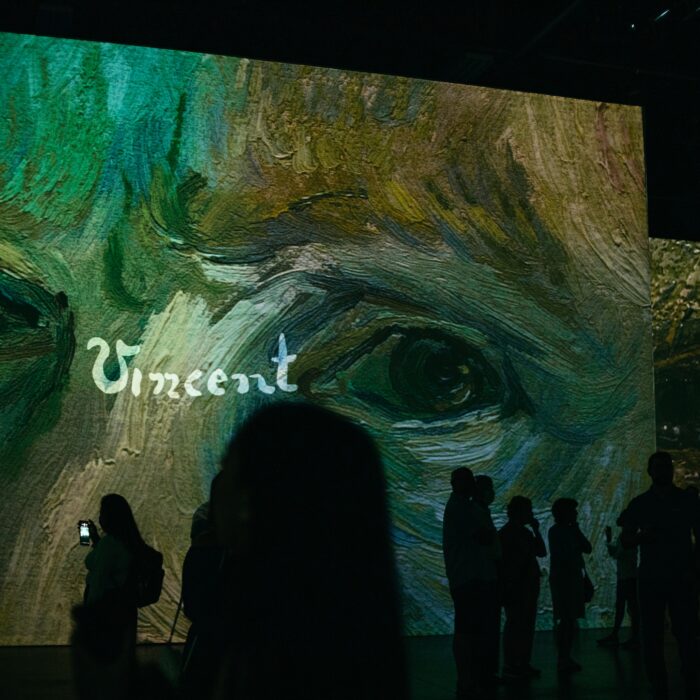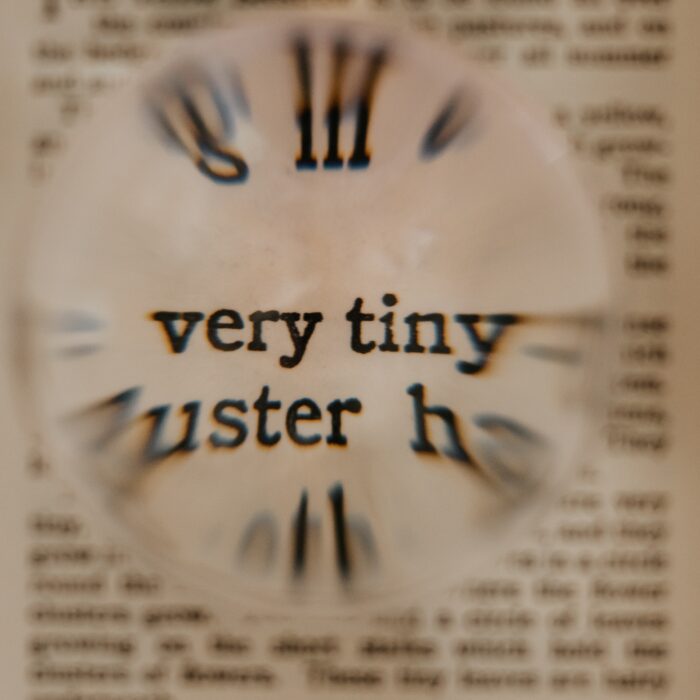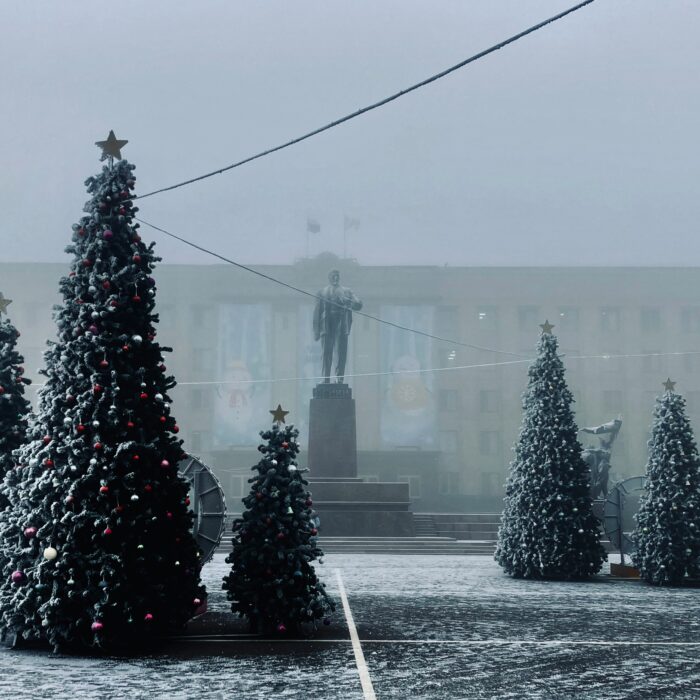You have no items in your cart. Want to get some nice things?
Go shopping
There is a vivid mundanity to the remembered details of a childhood interspersed with abuse.
I can picture myself put back into the body of my twelve-year-old self, my back against my mother’s pearl Mazda in a Macy’s parking lot in Lewiston, Idaho during a break at my brother’s basketball tournaments. I can feel the scratch of the seats sitting next to her in the same car, my childhood best friend seated in the backseat, the shadows rapidly passing through the trees onto our faces.
Both of those memories end with a fist, or an open hand, once or twice or five times against my temple, against my chest. If I start to think about it, it all blurs together: suddenly I can feel a kind of phantom body, an overwhelming but distant feeling of her hands pulling my hair out from the roots, pushing me against a doorway, wiping my panicking and tearful face with the back of her hand.
***
I struggle with how to depict trauma without inciting pity or disbelief. I think of reading a review of Joan Didion’s “A Year of Magical Thinking” and “Blue Nights,” books about the deaths of her husband and daughter, respectively. The reviewer had the audacity to call Didion self-indulgent, quibbled over her addition of details she couldn’t be entirely sure happened. I was struck with the thought that this reviewer could not possibly know the confusion and pain that comes with remembering the difficult, could not understand the need for artists especially to make their memories concrete somehow. I think of Didion in her Upper East Side apartment, imagine the urgency she must have felt, the need to get it right.
When I recall specific incidents of violence or emotional abuse from my life, I am never entirely sure that I have all the details correct. Was it Autumn the day my mother hit me in the Macy’s parking lot? Did I say something to spur her? Was I actually 12, or perhaps 11, or 14? I don’t know. I won’t ever know. What is memory in the mind of a person who experiences a trauma? It is a double exposure, an imprinting of feelings over facts. It is fading and blurred over by time. It hides, as emotional memories do, behind the eyes, in the almond-shaped set of neurons we call the amygdala.
***
I do know what started the fight in that parking lot: a yellow dress. I walked out of the dressing room, and my mother remarked that I looked ugly in yellow because of my pale, milk-like skin tone, that perhaps we should buy it for my friend Emily whose skin was tinted olive. I remember being upset, remember a feeling of emptiness, remember walking out of the store empty-handed, remember what happened when we got to the car.
I remember all these details, but I am sure of none of them. I know I didn’t wear yellow again until I was 18, that the mustard yellow jacket I finally bought was a kind of revolutionary act. I know that when I brought it up, my mother had no recollection of that day, however many years ago. And so memory remains fallible, by nature unvalidated.
Understanding memory as a kind of fickle beast seems like it wouldn’t be comforting, but oddly enough, it is.
Since 2013, scientists who research memory have come to an understanding that recalling a memory changes it, that our memories are not stagnant. Neuroscientist Daniela Schiller is an expert in this area, her desire to solve the “problem” of painful, hindering memories tied to her father’s unwillingness to speak about his experience as a Holocaust survivor. In an interview with The New Yorker, she said that she believes memory is “what you are now, not what you think you were in the past. When you change the story you created, you change your life. I created the story and brought these memories together, and now my past is different from the past I had before.”
***
The past I had before was one wherein I didn’t understand the many moving parts of a legacy of generational violence. I couldn’t see, when I was a child, my mother as a person. I don’t remember how I thought about it then, my current understanding of the legacy of violence in my family tinting the memory, imbuing it with a deeper and more nuanced understanding of how older generations pass things on.
I no longer have the mustard yellow jacket that meant so much to me, that represented a belief in my own beauty, and in my own memory of being made to feel ugly, that didn’t need to be validated. And I still feel incredibly jealous of people who are able to recall childhood memories without fear, and of people who know what it is like to experience a mother’s unconditional love.
What is most different now is this: I am content to live in the details I do remember, and I am not scared of the idea that they might be fashioned by my brain as a defense against fear. My memories are fallible, yes—they are undoubtedly human.
I colour in my own humanity with the memories I recreate as my current self, not the child I was. I create the story.

About Haylee Millikan
Haylee Millikan is a poet and essayist who checks facts for a living; she recently relocated to Los Angeles after finishing an MA in Creative Publishing & Critical Journalism and a Master's Certificate in Gender & Sexuality Studies at the New School in NYC. Haylee's essays have been featured on Public Seminar and CNBC, and her poetry in Washington's Best Emerging Poets, Susie Magazine, Human Condition, pioneertown magazine, on the Brooklyn Poets podcast, closing TEDxUW, and more.
- Web |
- More Posts(1)




